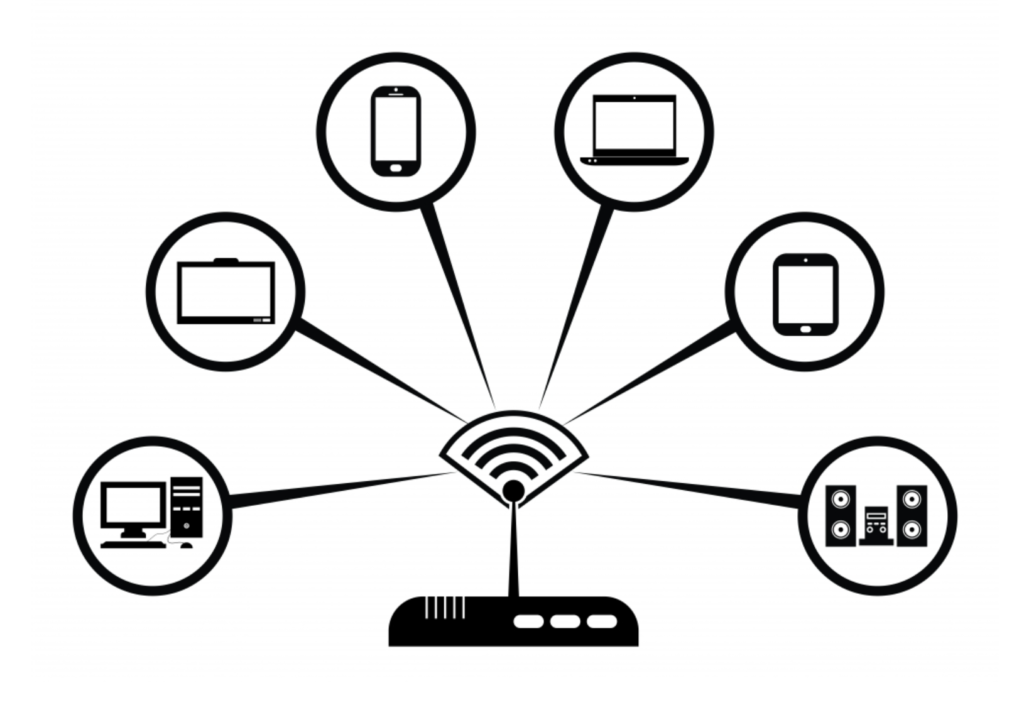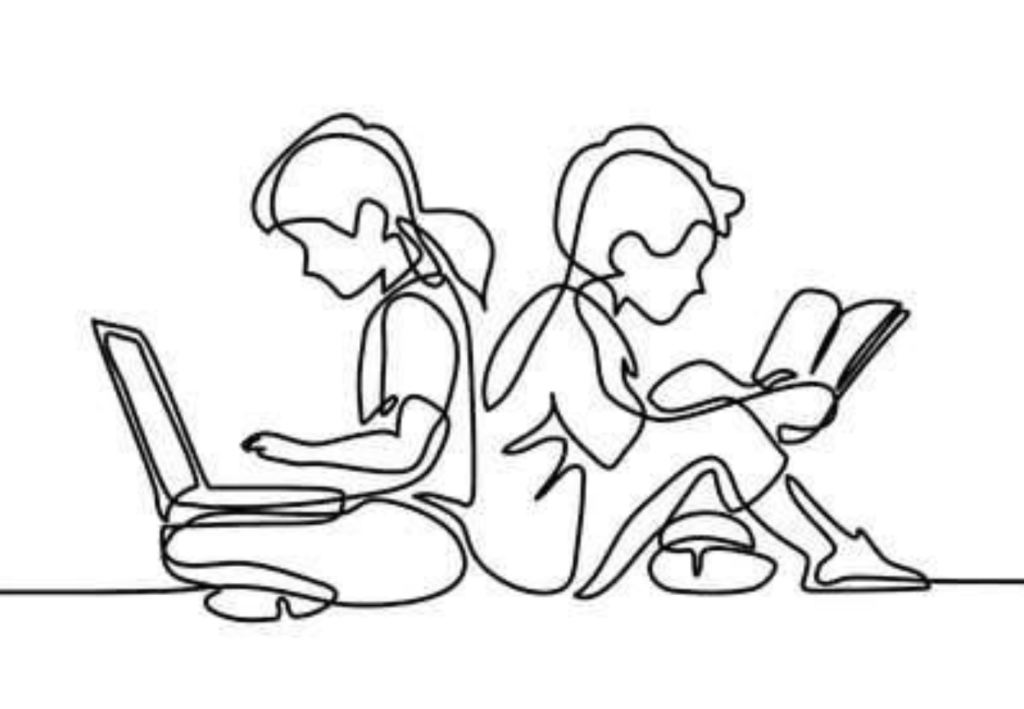By Alice Smith February 12, 2021

While COVID-19 forced us all to adopt “new normal” , the internet as the new classroom, it is noted that not all schools have the capacity or the tools to evenly distribute a successful classroom experience to their stakeholders. Students, parents, administrators and taxpayers are expressing their frustrations and even taking initiatives that are likely to change the face of education. In the extreme, schools may even shut their doors. This is likely to affect the youngest amongst us, creating a deeper divide between those who learn easily versus those who struggle. It also challenges our basic assumptions of how children learn.

- Student performance and equity is unevenly distributed in the U.S.
Research suggests online learning and teaching happens if the students have “consistent access to the internet and computers and if teachers have received targeted training and support for online instruction”. If you already live in a financially challenged community where schools are strapped for cash and can’t provide computers and WiFi access to every student, there will be learning inequity. Students and families oftentimes have to bear the financial burden of paying for equipment. If parents cannot take off work to be home to monitor their children’s adherence, or worse, they’ve lost a job due to COVID and can’t afford to hire someone to watch their children as they seek work, children will continue to suffer. If more wealthy communities have access to more tools, like tutors or learning pods, for example, they will succeed while their counterparts fail.

2. Not all students are created equal.
Some students just don’t learn well on their own and need physical supplementation to learn a new skill. Children’s brains are not fully developed until around age twenty five, when the prefrontal cortex, or the rational brain is finally mature. But it’s the limbic brain that has most to do with online or web-based learning. The limbic brain “monitors the external world and internal body”, helping make sense of interactions. The limbic brain relies on eye-to-eye contact (non-verbal cues) with its counterpart to both convey and understand messaging as well as restore mood and trust, which links to grasping a skill for the young learner. Learning occurs through the process of strengthening or weakening synapse connections. Other studies indicate that screen exposure enhances structural brain changes, in both the white and grey matter, altering “attentional competence, processing speed, verbal intelligence, and sustained attention” as well as long term memory and retrieval of learned material. Without “attachment” to a real human being, the ability to read social cues may be lost later on in life, not to mention loss of understanding material real time.
It appears without a parent or teacher present to support the learning, most kids will drift off on their own and seek out something that is more pleasurable, like playing video games. Kids also miss out on informal social interactions at school . The phenomenal result can manifest chronic absenteeism or failing subjects. If the support systems just aren’t there, the least prepared are at risk at disengaging altogether from school and eventually will drop out .

3. Reading comprehension lost online.
If “to skim is to inform” is the new norm for reading (online) then T.S. Elliot’s ominous quote, “Where is the knowledge in our information? Where is the wisdom in our knowledge?” is a cautionary tale. How can our children absorb and process information on a medium known to encourage multitasking and brevity? Maryanne Wolf points out in her article that reading (the old fashioned way, in print), “transform[s] new information into consolidated knowledge in the brain’s circuitry requires multiple connections to abstract reasoning skills, each of which requires the kind of time and attention often absent in digital reading.” She goes on to say, “what goes missing are deep reading processes which require a quality of attention increasingly at risk in a culture and on a medium in which constant distraction bifurcates our attention.” When we skim, we physiologically don’t have time to think. What used to be done with print reading —a slowing down of our time-processes– the digital medium forces a “shallow” response and understanding of the material. Researchers are finding this to be truer over time. Negotiating reading comprehension with screen distraction or the label “continuous partial attention” leads to less time for abstract thought.
4. Hybrid learning
Schools have offered to provide hybrid learning modalities, a mix of online with in-person learning. But because of the unevenness of COVID outbreaks, schools have to close on a moment’s notice. It creates both confusion and disappointment for many kids because the opportunity to connect with other peers is no longer possible. Not all schools are able to provide the right support tools in a remote setting for the learner.
A study suggests that the students who learn best this way already have the propensity to do so and are intentional with their work without prodding from outside sources. For the children who have difficulty, the reduced learning time affects the whole development of the child. Without feedback loops from teachers or peers, learning comprehension is even worse.

5. COVID online learning is lonely….and mental health is jeopardized.
Studies are finding the “shuttering” of education is leaving students experiencing loss, grief, turmoil and isolation. The residual effect is a psychological toll that includes acceleration of depression rates, anxiety, loss of sleep and even suicide attempts. The worry about family, money, friendships, the monotony staying in the same environment, day after day, negatively influence working effectively in an online environment. One study by Active Minds did a survey with 2,086 college students earlier in the pandemic discovered that 80% of them said their mental health worsened under COVID-19, 91% experienced stress and anxiety, 76% have trouble maintaining a routine and 63% found it challenging to stay connected with others.
6. Growth of private schools and shrinking public schools.
The Danbury News Times (CT) published an article on February 8, 2021 with the headline, “COVID drives families back to Catholic schools”. This is a trend happening all over the US because these schools don’t abide by the rules of the commons. Along with this trend, as the decision to leave the commons unfolds, so does the money. Public schools stop being funded in the traditional ways they have been, through taxpayer dollars. Going forward, school budgets are being cut drastically. Many schools may not go back and will lose students to independent, private schools.
On the other hand, as the trend grows, public schools may make the financial flip toward technology and training for teachers versus brick and mortar classrooms. We will most likely also see the growth of learning pods in more lucrative neighborhoods.
7. As an older student, the situation is more tenable.
“Tips” for older online learners may work: Treating a course like a “real” course, holding yourself accountable, practicing time management, looking at syllabus at the start of semester, creating a weekly schedule and time block, having regular study space and staying organized, eliminating distractions, figuring out how to you learn best, actively participating, leveraging your network and practice, practice, practice! Even if you adopt all of these actions, there is no guarantee you get the most out of your learning experience if you don’t have that face to face engagement and negotiation with an “expert” to guide you. According to Lee Garder from the Chronical of Higher Education, “Colleges aren’t putting in place well-considered, durable online-learning plans. They’re throwing together quick, ad hoc, low-fidelity mitigation strategies — and that’s fine, for now.”
Conclusion
We are moving toward a new technology and we will have to rise to the challenge. Students at the college level have a higher emotional intelligence than younger students. They display greater self-awareness of their own needs, better at self-regulation, better time management and organizational skills and a preference for visual and reflective learning, to name a few. They are able to monitor their personal progress and have realistic goals that are their own. Colleges have also been utilizing online classes for over two decades and some are having success.
Maryanne Wolf of The Guardian observes that “with much of the world working from home, and millions of students learning from home, developing a biliterate brain—one adapted to both digital and traditional print literacy—has never been more important.” Professor Katrina A. Meyer supports the idea that “the latest brain research can help us better understand the advantages and disadvantages of these technologies for adult learners, how students’ brains are wired and how that wiring interferes or supports the use of interactive video or the web, and how best to mitigate any obvious disadvantages. Many of these insights are woven throughout the review of brain research, beginning with the limbic brain, model development, learning and memory, language and media, and concluding with some thoughts on how to apply these research results to inform distance education design, practice, and management.”
Its makes sense to include traditional mentorship aimed at addressing each child’s unique needs. As long as pedagogy incorporates the childhood developmental benchmarks in the K-12 online classroom, more students will engage successfully.

Alice Smith is currently enrolled in Sacred Heart University’s Strategic Communications and Public Relations Graduate Program @sacredheart.edu. She works at the Town of Redding, CT as the Executive Assistant to the First Selectman, www.townofreddingct.org. She is also a collage artist and engages in public art projects when time allows, www.alicesmithart.com, @alice.smith.art.
